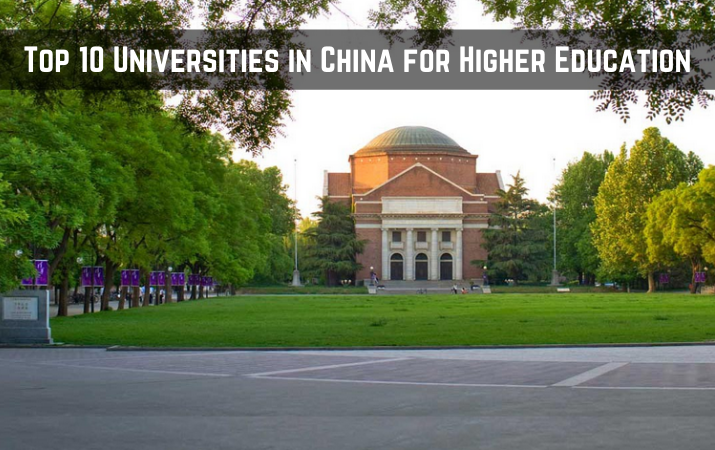Students choice of selecting a university abroad depends heavily on the employability opportunities. Every year “The Times Higher Education” releases ranking list for universities around the world. The ranking is based on 13 performance indicators which measure the institution’s performance across teaching, research, knowledge transfer and international outlook.
The list is prepared after compiling answers of several recruiters, chief executives and business managers from top companies in 20 countries.
Let us have a look at the list “Top 10 Universities in China for Higher Education for the year 2020”
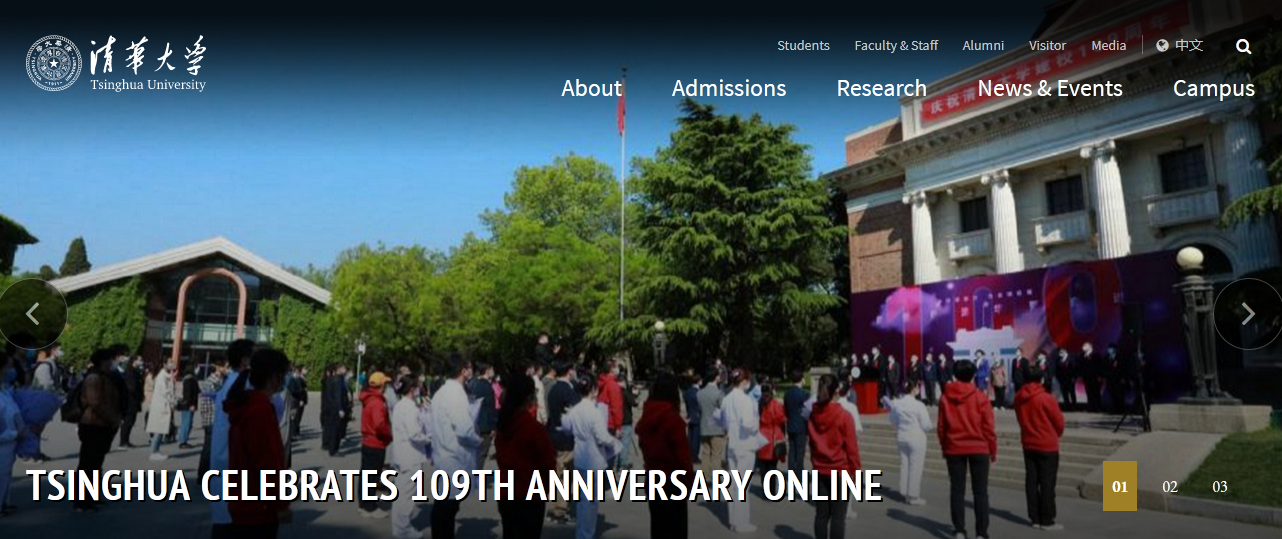
The campus of Tsinghua University is situated on the site of the former imperial gardens of the Qing Dynasty, and surrounded by a number of historical sites in northwest Beijing.
Established in 1911, Tsinghua University is a unique comprehensive university bridging China and the world, connecting ancient and modern, and encompassing the arts and sciences. As one of China’s most prestigious and influential universities, Tsinghua is committed to cultivating global citizens who will thrive in today’s world and become tomorrow’s leaders. Through the pursuit of education and research at the highest level of excellence, Tsinghua is developing innovative solutions that will help solve pressing problems in China and the world.
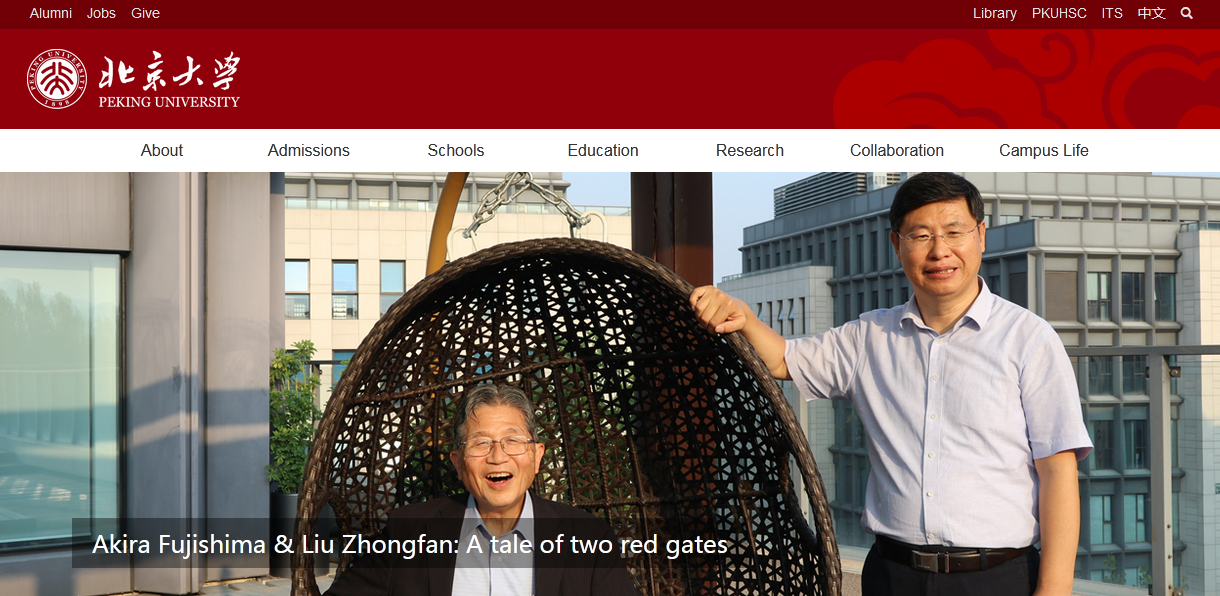
Peking University is a member of the C9 League, analogous to the Ivy League in the United States, and often ranked among the top higher education institutions in China. Only those who score highest in nationwide examinations are admitted, with a total enrolment of about 35,000.
In 1898 the then Imperial University of Peking was founded as the first national university covering comprehensive disciplines in China, replacing the ancient imperial academy which had for hundreds of years trained administrators for China’s civil service.
When China became a republic in 1912 the university took on its current name. Its 274 hectare campus sits in Beijing’s Haidian District, near the famous Yuanmingyuan Garden and Summer Palace, and is known as known as ‘Yan Yuan’ or ‘the garden of Yan.’
In 1918, Mao Zedong took up a minor post at the university, where he was first exposed to Marxist reading and became a communist. Noted writer Lu Xun also lectured on Chinese literature there.
Later, during the Second Sino-Japanese War, the university had to move to Changsha, and later to Kunming.
The university took on more of a public, rather than national character after the communist revolution, though later had to shut down for four years during the rending change of the cultural revolution.
It played a key part in national protests when in 1989 three thousand of its students, along with students from neighbouring Tsinghua University, erected shrines to Hu Yaobang and later gathered in a mass demonstration at Tiananmen Square.
The university has been crucial to China’s modernization, and maintains that it has retained a traditional emphasis on patriotism, progress and science.
Among its faculty, 53 are members of the prestigious Chinese Academy of Sciences, and seven of the equivalent academy of engineering. Peking merged with Beijing Medical University in 2000, adding a range of new medical courses and disciplines.
University of Science and Technology of China
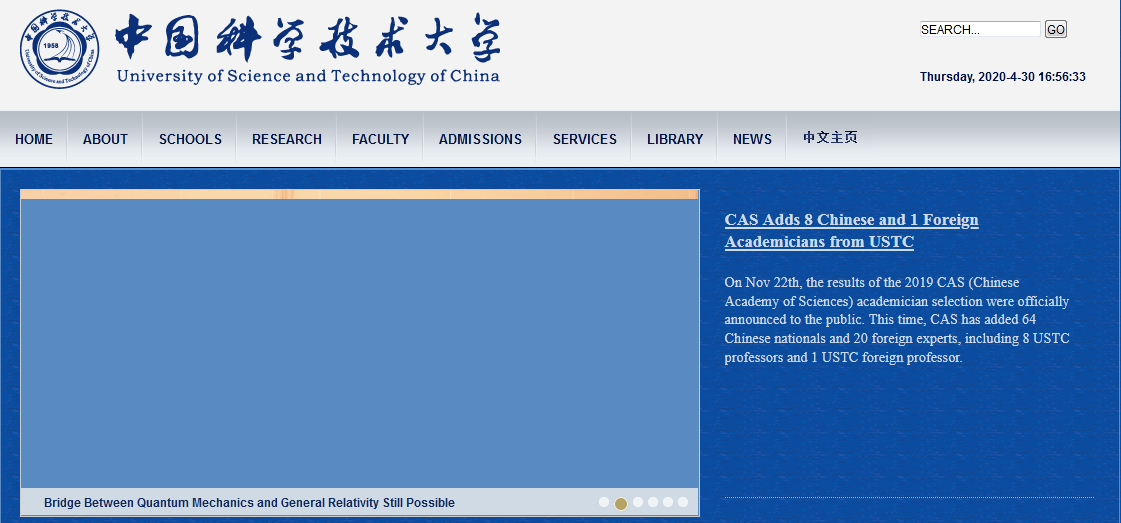
Located in Hefei, the capital of the Chinese Province of Anhui, the University of Science and Technology of China (USTC) was founded in 1958 to meet the country’s growing science and technology needs while boosting its international competitiveness.
Originally established in Beijing, USTC relocated to its current home in the east of the country during the Cultural Revolution in 1970.
Today, USTC is home to approximately15,000 students and 3,500 faculty members who oversee its15 schools, spanning physical sciences, life sciences, software engineering and electro-optical technology, among many other science and technology disciplines.
The university houses two national labs – the National Synchrotron Radiation Facility and the Hefei National Laboratory for Physical Sciences at the Microscale – the only university in the country to do so.
With a stated mission to ‘focus on frontier areas of science and technology and educate top leaders in science and technology in China and the world,’ USTC prides itself on offering cutting-edge technology and developing talented individuals. It cites research strengths in fields such as as quantum manipulation, nanotechnology and high-temperature superconductivity.
In 2013, USTC hosted the signing of an agreement between the C9 League, a group of China’s top nine research universities, and the Association of American of Universities, the Australian Group of Eight (Go8), and the League of European Research Universities (LERU), to promote co-operation among world-class research universities.
It also maintains strategic links with international organisations such as the International Thermonuclear Experimental Reactor (ITER) and the European Organisation for Nuclear Research (CERN), as well as the universities of Oxford, Stanford and Princeton.
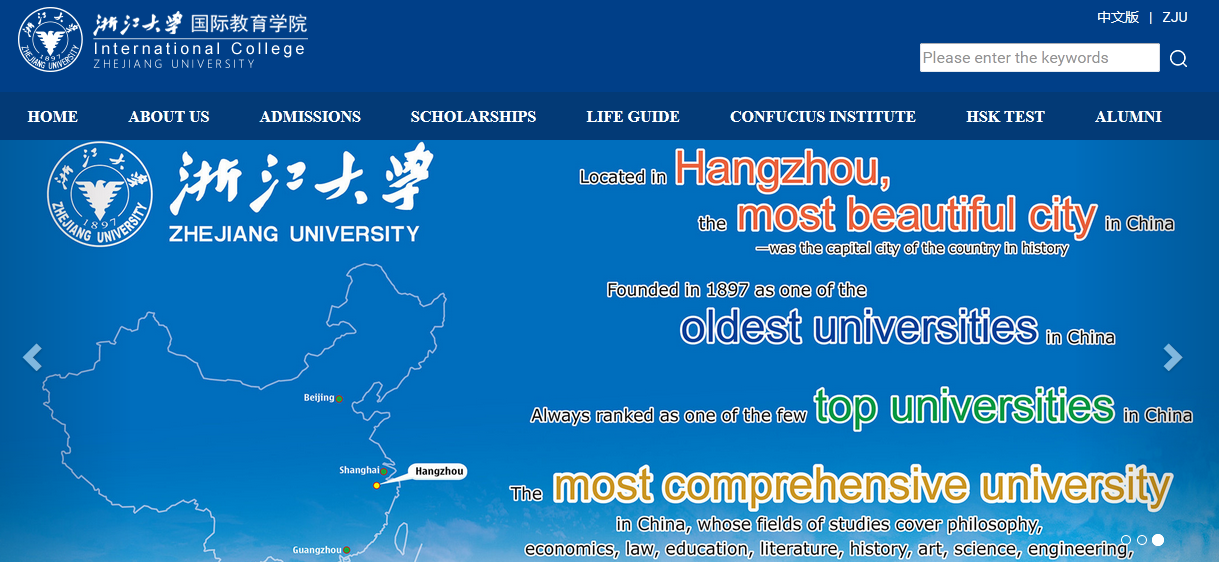
Zhejiang University — Seeking Truth and Pursuing Innovation
Zhejiang University (ZJU) is one of China’s leading higher education institutions, as well as one of its oldest; its roots can be traced back to 1897 and the founding of the Qiushi Academy.
Located in Hangzhou – one of China’s most picturesque cities – the university is organised across seven faculties and 36 schools. It is home to 3,500 full-time academic members of staff and around 45,000 students undergraduates, of which around 60 per cent opt to pursue further studies. More facts and figures here.
High ambitions
Laying claim to several areas of research strength, ZJU currently ranks within the top 100 universities in the Times Higher Education World Reputation Rankings.
The institution prides itself on a culture of innovation and creativity, and has significantly invested in the development of cutting-edge specialisms in order to encourage both. Manned spaceflight, assembly technology for large aircraft, clean energy, marine technology, industrial control technology, and global public health initiatives related to the prevention and treatment of infectious diseases, have all benefitted from the recent investment.
ZJU is also renowned for the number of business start-ups it gives rise to. Over 100 of its alumni sit at the helm of domestic or overseas listed companies, while a further 200 have been elected members of the prestigious Chinese Academy of Sciences and the Chinese Academy of Engineering, making Zhejiang University synonymous with entrepreneurship and leadership.
Other innovative developments include the creation of a high-level platform for intellectual property exchange, as well as the formation of a number of think-tanks, including the China Academy of Western Region Development, the National Research Center for Agricultural and Rural Development, and the Institute for Public Policy, which exists to extend the scope of ZJU’ss social sciences’ research.
Global Outlook
Zhejiang University has strategic partnerships in place with 140 overseas institutions from more than 30 countries worldwide. Included among them are such leading institutions as Imperial College London, Princeton University and University of Illinois at Urbana-Champaign.
With a cohort of 6,000 international students, and around 8,000 teachers and students who participate annually in its various overseas exchange programmes, ZJU prides itself on the strength of its global outlook.
In collaboration with the Universities of Edinburgh and Illinois it has also established the ZJU-UoE and ZJU-UIUC Institutes on the international Haining Campus, and boasts an overseas presence at Imperial College London, with future plans to establish a China-US Business School with the University of Pennsylvania.
Chief among Zhejiang’s aims is the aspiration to become a world-class university, one that simultaneously retains a distinctively Chinese character, where tradition and modernity are successfully combined.
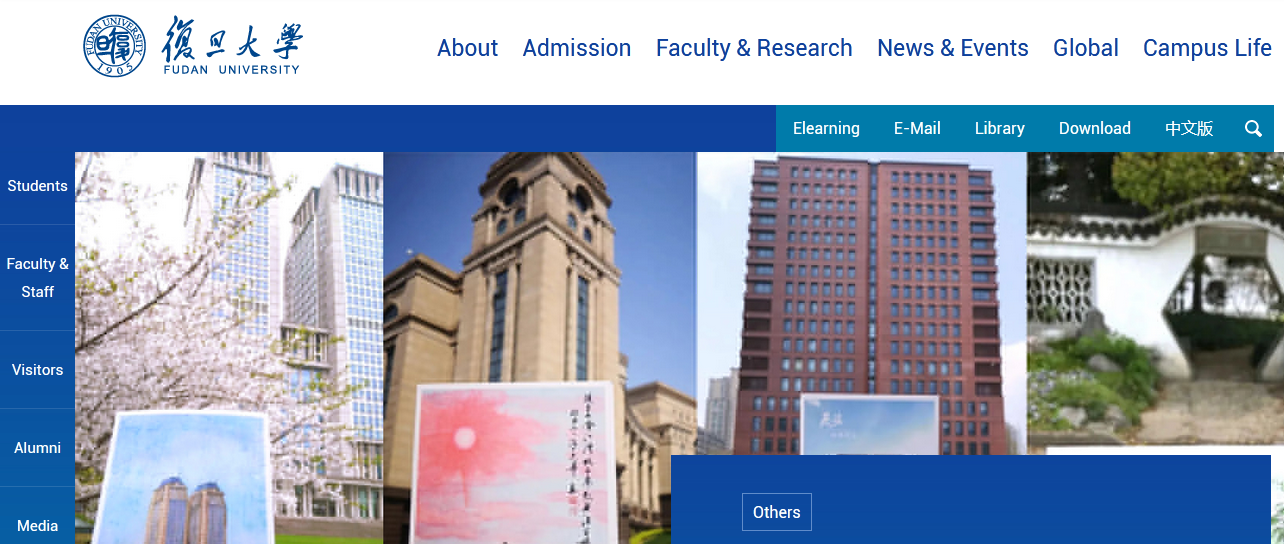
Fudan University in Shanghai, China, was founded in 1905 and originally named the Fudan Public School. It was granted the status of a private university in 1917.
Today, Fudan has a 30,000-strong student population with international students comprising around 15% of all undergraduates.
The university offers 70 undergraduate degree programmes across the arts, humanities and sciences, and prides itself on having an international outlook. A number of its courses are taught in English and the institution boasts global connections and exchange programmes with almost 200 overseas universities. Study abroad schemes are encouraged at Fudan, with 40% of undergraduates electing to embark in international exchange.
The university takes a liberal arts approach to education, with an ethos based on the belief that academic study is most effective when combined with individual development of character, an understanding of different cultures and a teaching of independent research methods. To meet these ends, Fudan adopts an innovative teaching approach combining ideology and culture in lectures and conferences – many of which are broadcast publicly on the internet.
A strong emphasis is also placed on practical training, and the university has a number of initiatives in place to assist students with their own projects, including the university’s undergraduate academic research financial aid platform which assists 500 students each year with funding their own independent academic research. Fudan’s Undergraduate Research Opportunities Program (FDUROP) also gives students the facilities to showcase their ideas.
Outside the classroom, there are over 300 clubs and organisations for students to get involved in. With more than 2,000 club events taking place each month at Fudan, it is little wonder that students regularly refer to the ‘hundred club battle’ when planning their extra-curricular activities.
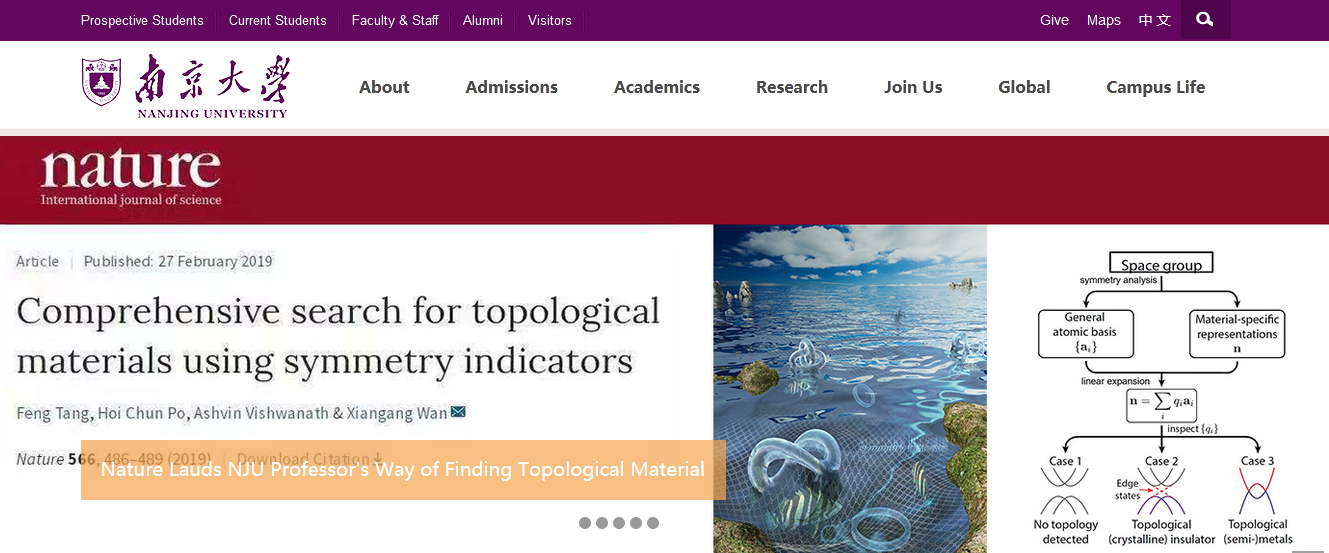
Nanjing University, which traces its history back to 1902, is one of China’s leading public higher education institutions.
It is a member of the C9 League, a group of leading higher education institutions which are often likened to the US Ivy League or the UK’s Russell Group, and which receive additional funding from the Chinese government.
The university is located in the city of the same name, in Jiangsu province, about 185 miles west of Shanghai.
It offers a range of multi-disciplinary courses, in areas such as the humanities, social sciences, natural sciences, engineering and management.
In total, Nanjing has 21 schools, running courses at undergraduate, postgraduate and research level. The university has one of China’s largest libraries, holding more than 4.5 million volumes.
These activities are spread across three campuses: in Gulou in the city centre; Pukou, on the northern bank of the Yangtze River; and the Xianlin international campus, to the east of the city.
The university claims to have played a central role in the development of Chinese politics and society.
A group of communists from Nanjing Higher Normal School, a forerunner of the modern institution, are credited with introducing the theory of Marxism to the Chinese general public in the early 1920s.
Scholars and students from the institution also played a key role in the country’s fight against Japanese occupation, and in the development of the modern Chinese state.
Nowadays the university has built links with higher education institutions around the world, and has set up several collaborative institutes, including the Centre for Chinese and American Studies, a partnership with Johns Hopkins University.
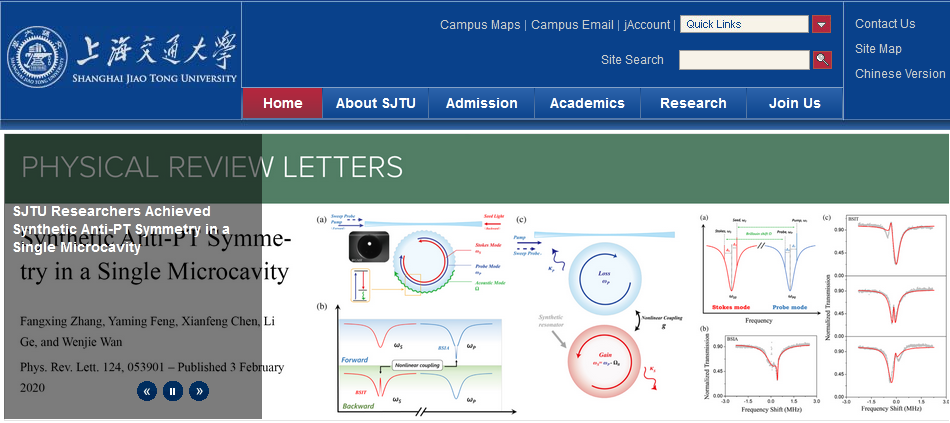
Shanghai Jiao Tong University (SJTU), as one of the higher education institutions which enjoy a long history and a world-renowned reputation in China, is a key university directly under the administration of the Ministry of Education (MOE) of the People’s Republic of China and co-constructed by MOE and Shanghai Municipal Government. Through some 120 years’ unremitting efforts, SJTU has become a comprehensive, research-oriented, and internationalized top university in China.
SJTU has had 30 schools/departments, 31 research institutions, 13 affiliated hospitals, 2 affiliated medical research institute, 12 directly affiliated units and 6 directly affiliated enterprises, with 16,129 undergraduates and 30,217 postgraduates (14,439 master degree candidates and 7,882 doctorate degree candidates), 2,982 overseas students (among which 1,698 are postgraduates). The university faculty includes 3,061 full-time teachers (among which 982 are professors), 22 members of Chinese Academy of Sciences, 22 members of Chinese Academy of Engineering.
SJTU has 67 undergraduate programs covering 9 major disciplines: economics, law, literature, science, engineering, agriculture, medicine, management and arts. SJTU ranked ESI top level (0.1%) in 7 research fields including Engineering (0.01%), Materials, Chemistry, Clinical Medicine, Computer Science, Pharmacology and Toxicology and Biology & biochemistry. SJTU has achieved increasingly high levels of scientific research and technology innovation. SJTU is leading the country in terms of both the number of National (1083) and the amount of research funding (3.69 billion) supported by National Natural Science Foundation of China. The number of research papers and international conference papers rank the first in China.
Carrying the mission of preserving cultural heritage, and seeking for the truth, bearing the responsibility of invigorating the Chinese nation and developing for the benefits of mankind, today this centennial university is sailing for the aim of becoming a comprehensive, research-oriented and internationalized world-class university.
Sun Yat-sen University
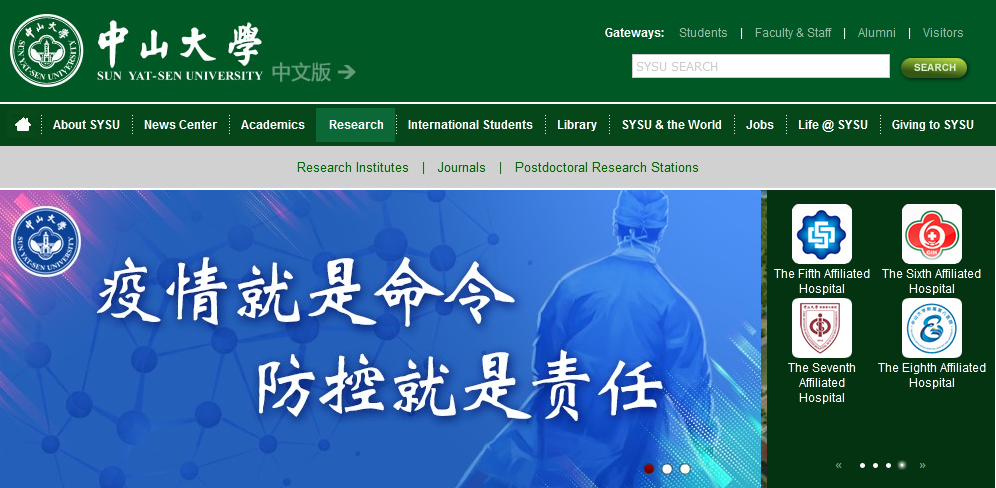
Sun Yat-sen University, founded by Dr. Sun Yat-sen and with an educational tradition spanning over 100 years, is a preeminent research, academic and cultural center and the premier location for talent development in South China. Under the direct supervision of the Ministry of Education of the People’s Republic of China, and strongly supported by both the Ministry and Guangdong Province, Sun Yat-sen University has developed into a modern comprehensive university that enjoys a reputation as a top-tier university nationally and a renowned university internationally. With five campuses in the three cities of Guangzhou, Zhuhai and Shenzhen, and ten affiliated hospitals, the University is striving to become a world-class university and global center of learning.
Built on a solid multidisciplinary foundation of humanities, social sciences, natural sciences, medical sciences, and engineering, Sun Yat-sen University is propelled forward by the continuous pursuit of academic innovation. The University is equipped with a globally aware outlook, and has dedicated itself to being an institution that is “comprehensive, innovative, and open”. The goal of talent cultivation is to nurture students who have both ability and moral integrity, able to cultivate charisma and eager to serve their country. The guiding philosophy is to be oriented toward academic frontiers, oriented toward national major strategic needs, and oriented toward national and regional economic and social development. The basic approach is through the construction of big research teams, big platforms and big projects. The University is pushing forward the transformation from external development to internal development, the transformation from routine development to active development, and the transformation from advantages in humanities, social sciences, natural sciences and medical sciences to a university where humanities, social sciences, natural sciences, medical sciences and engineering can integrate and develop while retaining their distinctive characteristics. Now, standing at a new starting point, Sun Yat-sen University strives to foster an academic environment where all disciplines develop distinctively yet systematically, thus blossoming into an institution with influence and impact on a global scale.

Established in 1902, the Beijing Normal University (BNU or colloquially Beishida) began as the Faculty of Education of Capital Metropolitan University, which facilitated teacher training in Chinese higher education.
It kept its “normal school” terminology to mark its role in training schoolteachers in the early 20th Century. It is now a public research intensive university with its main disciplines in sciences and humanities, teacher education and educational science.
It is one of the oldest and most prestigious universities in China and was recognised by the Chinese Ministry of Education as a Class A Double First Class University.
There are 23,300 full-time students, including 9,500 undergraduates, 12,000 graduates and 1,800 long-term international students.
The campus has one faculty – the Faculty of Education – 26 schools and colleges, two departments and 43 research institutes. The library has over 4.3 million volumes.
BNU was one of the first Chinese institutions to recruit international students, and now has around 1,800 long-term international students from over 100 countries and regions. Known for its Mandarin Chinese study programmes, BNU also collaborates with Princeton University for the Princeton in Beijing program.
BNU also collaborates with the Singapore University of Social Sciences (SUSS) on SUSS’s Master of Arts in Chinese Language and Literature. The university’s current campus was built in 1954, located in northwest downtown Beijing in the Haidian district and is the closest Haidian university to Tiananmen Square.
In 2002, a sister campus was established collaboratively by the Zhuhai municipal government and Beijing Normal University in the coastal city of Zhuhai, Guangdong.
Huazhong University of Science and Technology
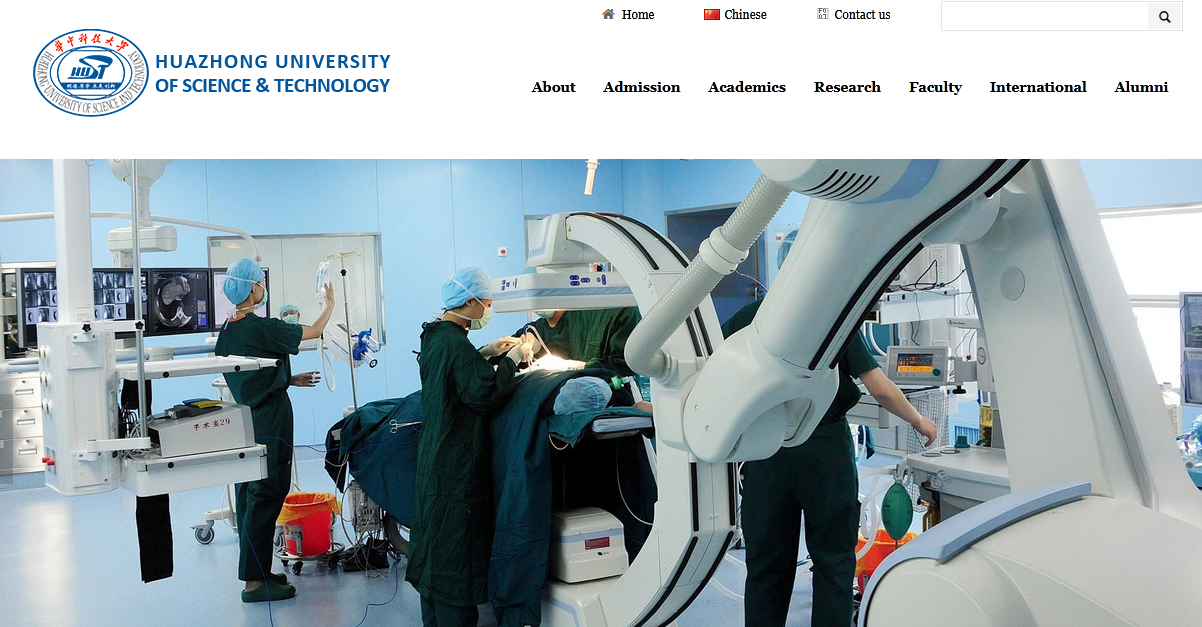
HUST is a comprehensive and key national university directly under the administration of the Ministry of Education in China. Located in Wuhan, the campus covers an area of over 470 hectares, known as “University in the Forest”. HUST commend to advance combination of humanity education and science education, dedicate to nurture well-rounded individuals.
The university was established in 1952, originally under the name of Huazhong Institute of Technology. On May 26, 2000, the former HUST merged with Tongji Medical University (founded in 1907) and Wuhan Urban Construction Institute (founded in 1952), to form the new HUST today. The university is one of the first batch of universities supported by the “Double First-class” Initiative, which was supported by “211 Project” and “985 Project” before.
HUST hosts around 3400 full-time faculty members, including 16 academicians of CAS and CAE, over 1600 with overseas experience, more than 1200 professors and over 1300 associate professors.
Approximately 55,000 full-time students in total are enrolled, including about 30,000 undergraduates, 17,700 master candidates, and 7300 doctoral candidates.
Follow us on Facebook, Twitter, Linkedin.








